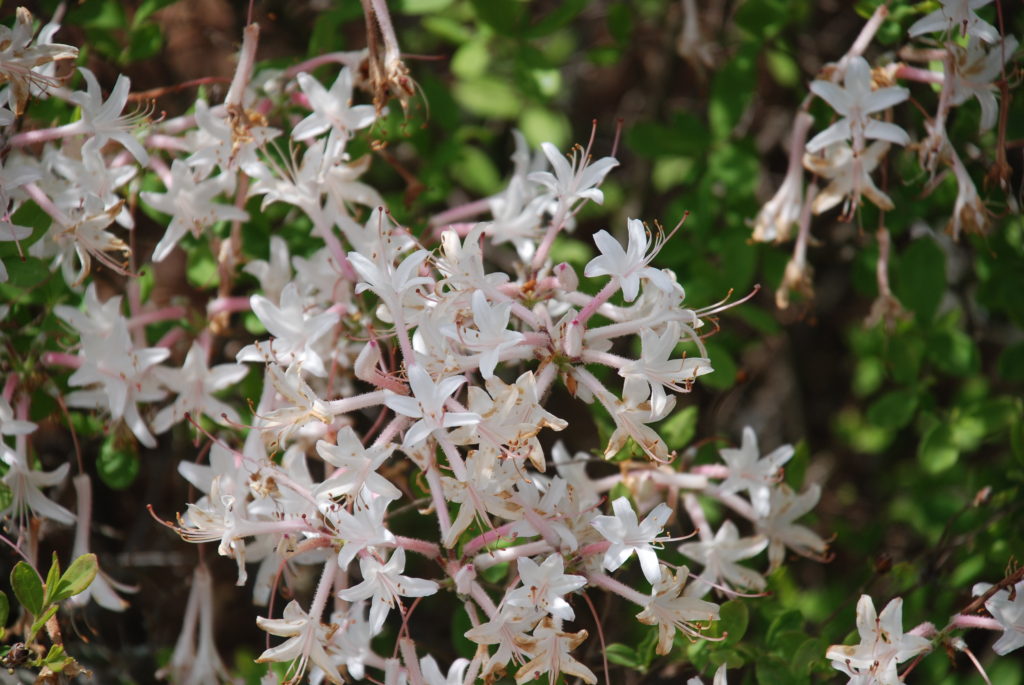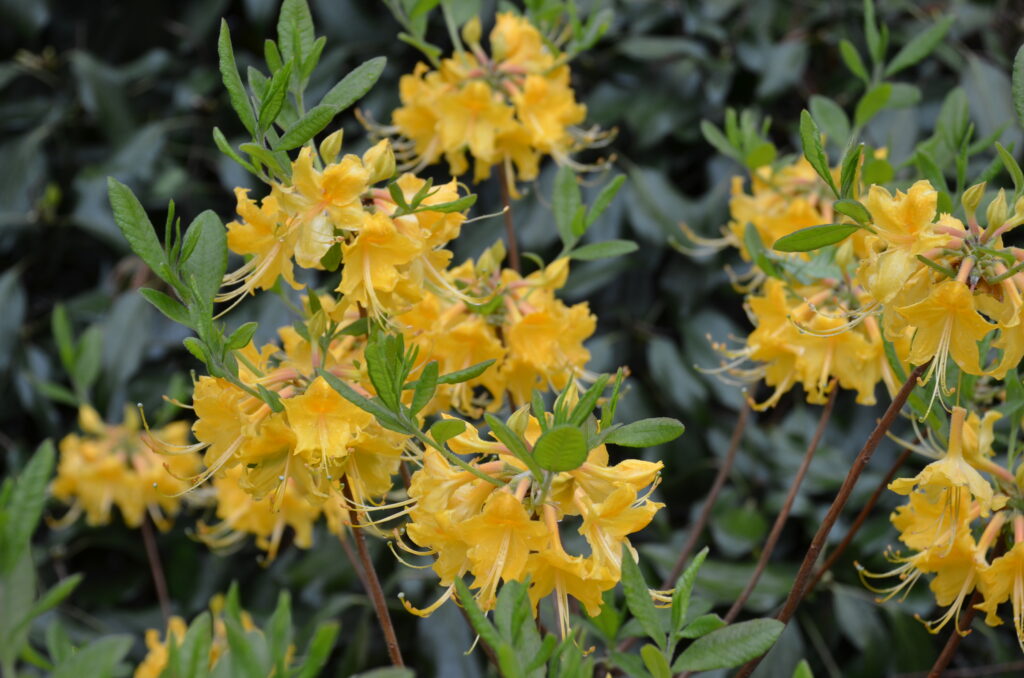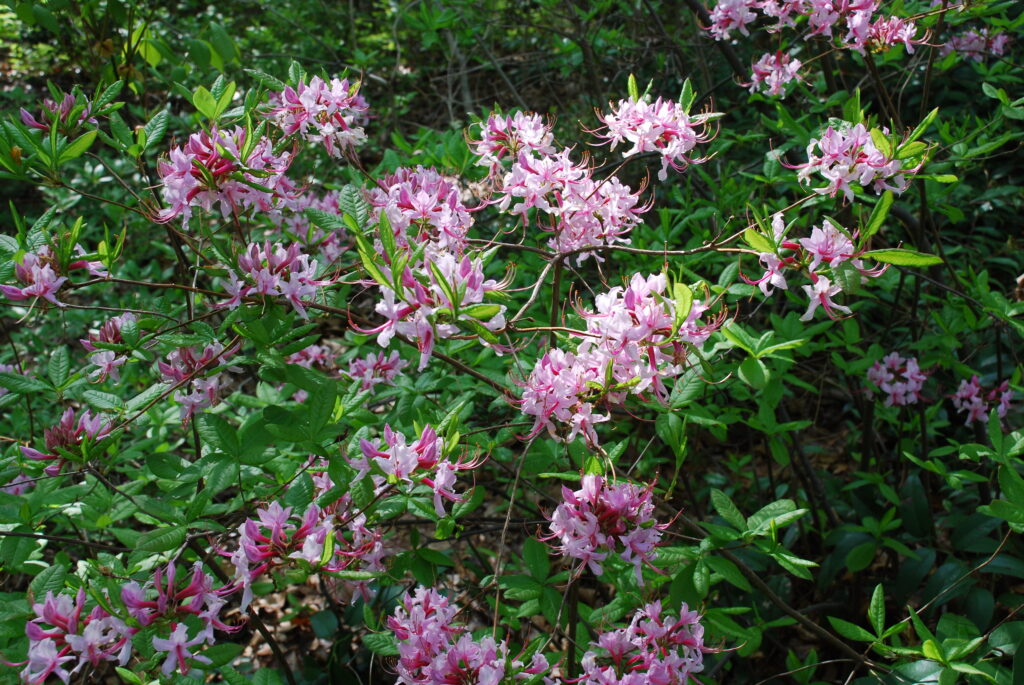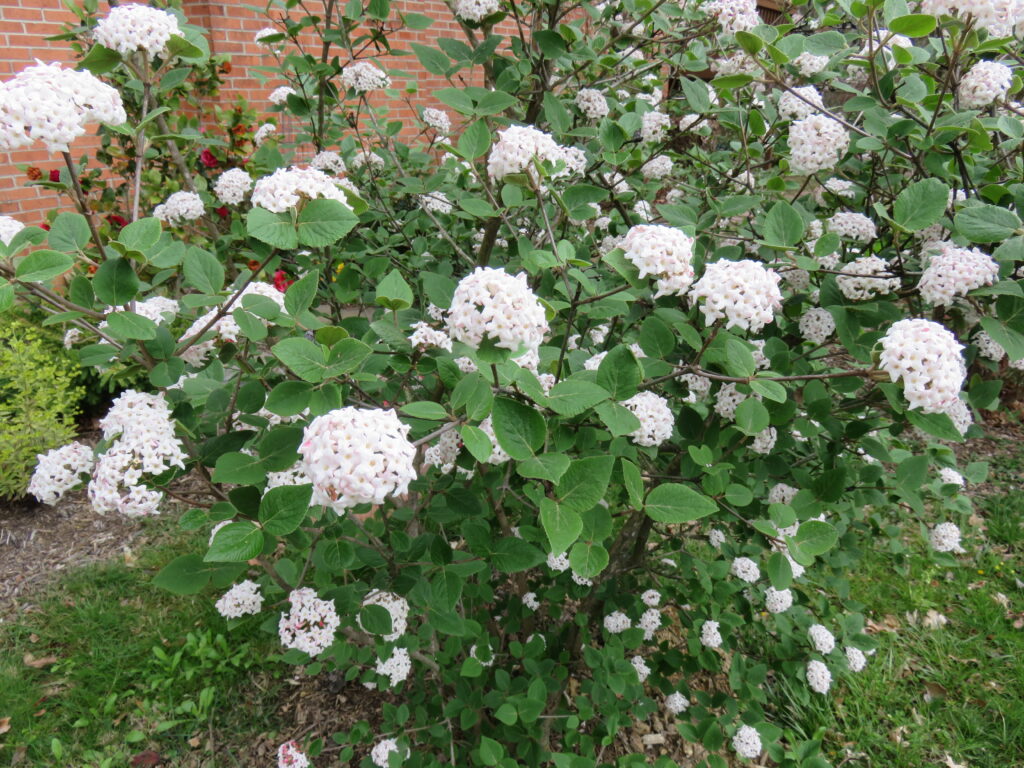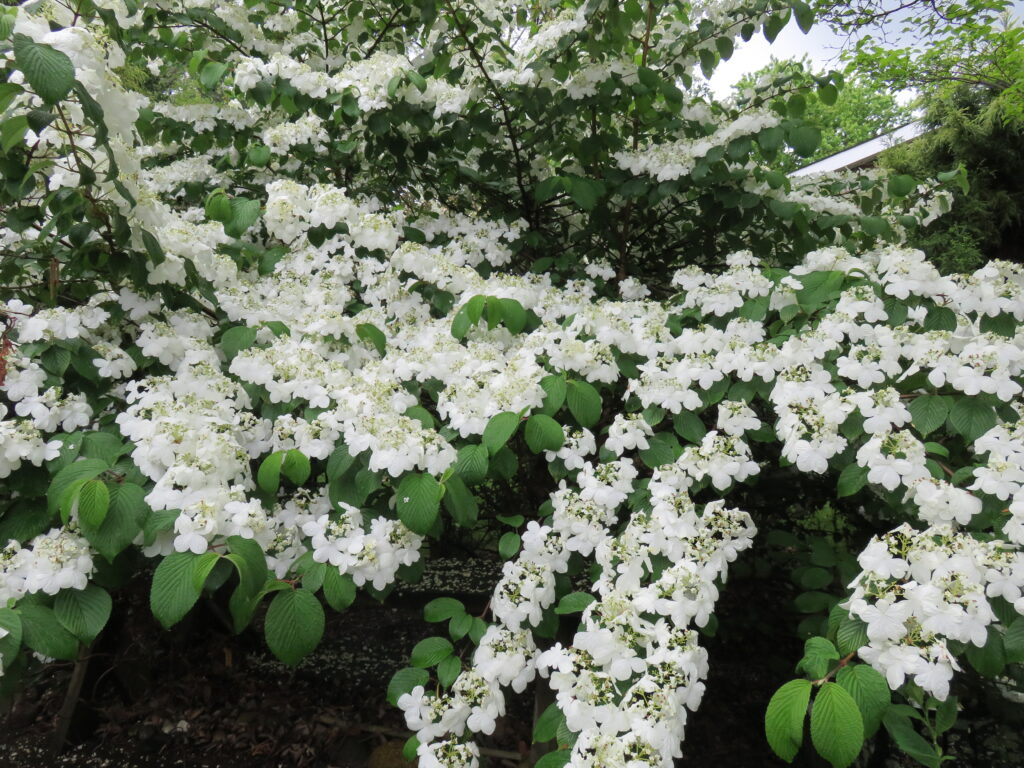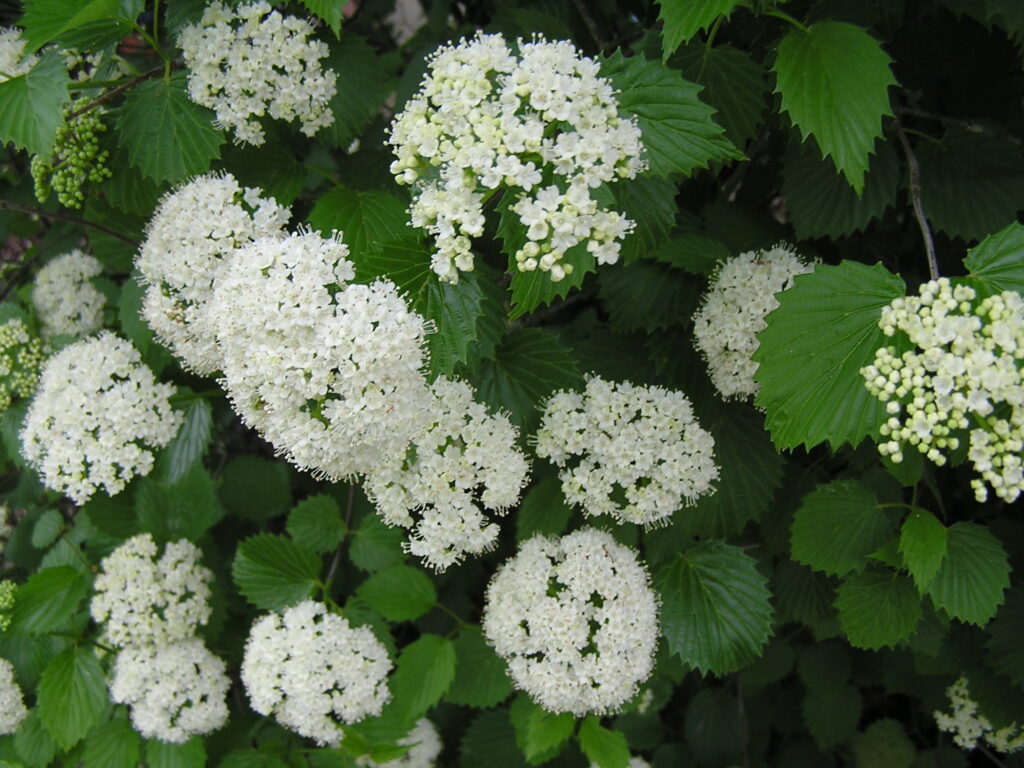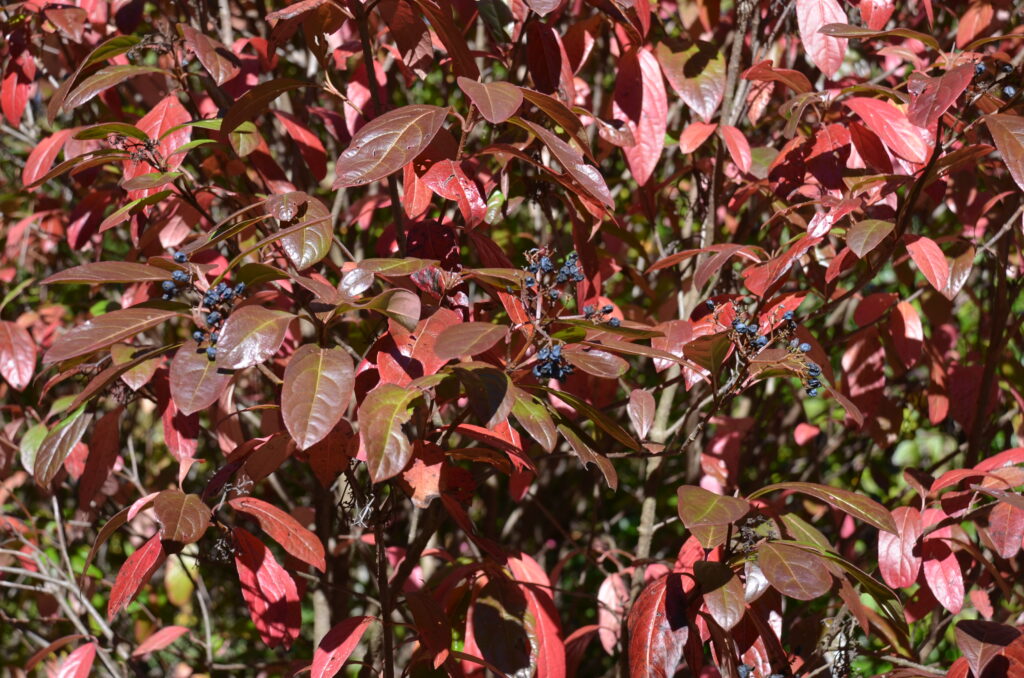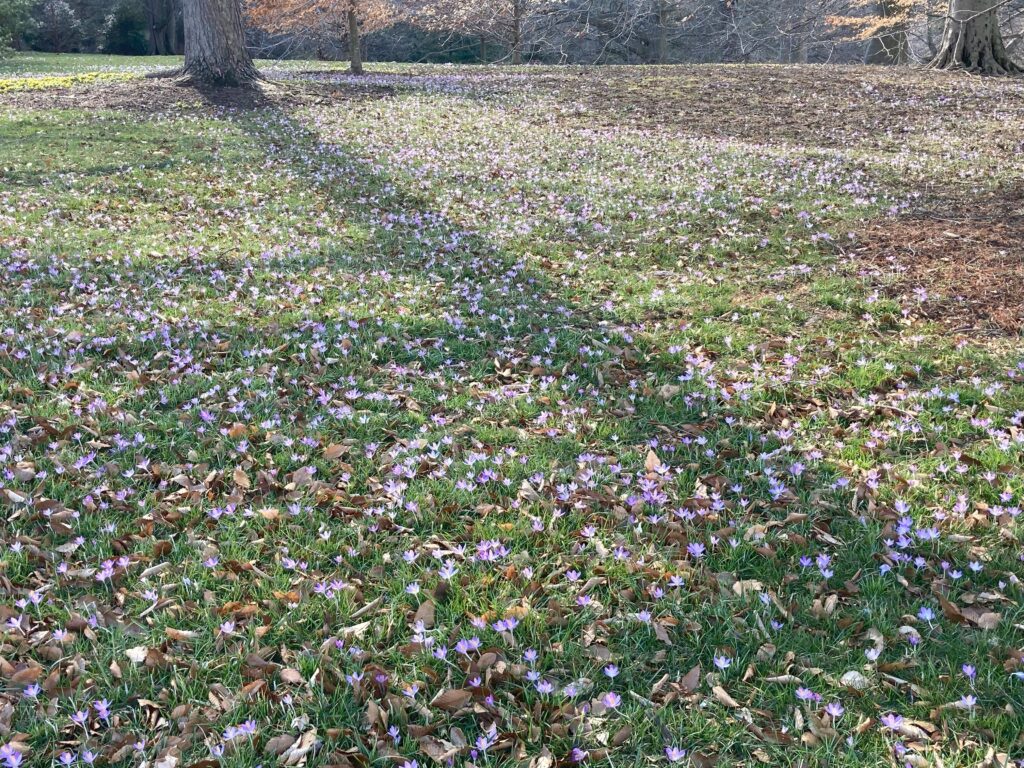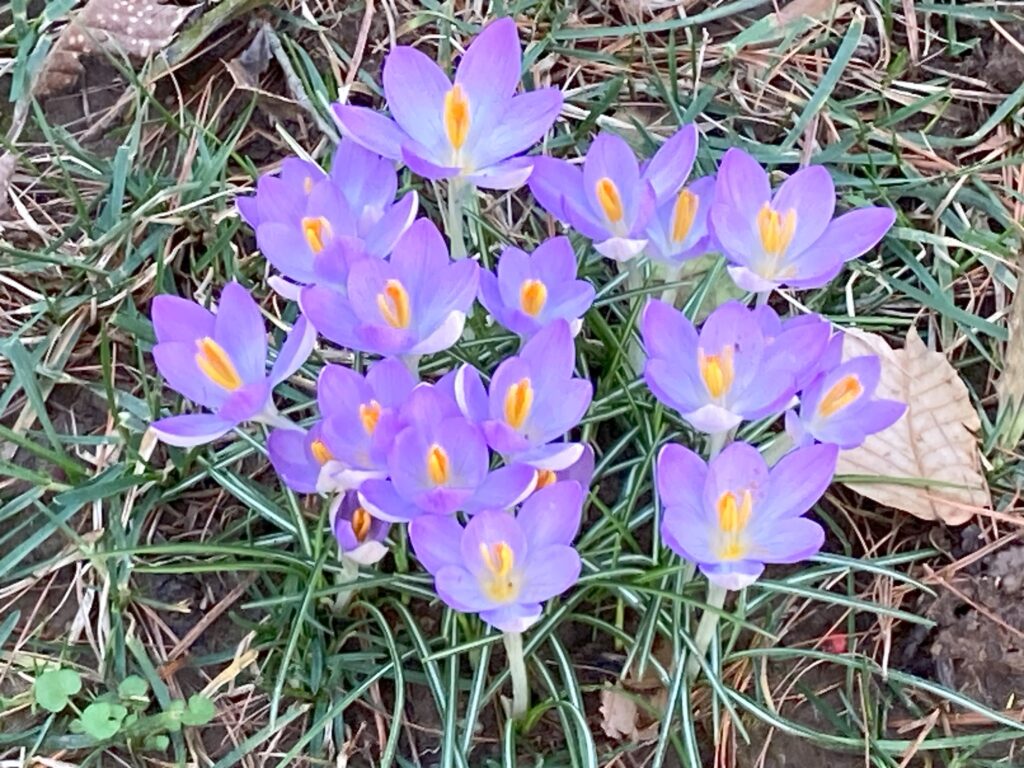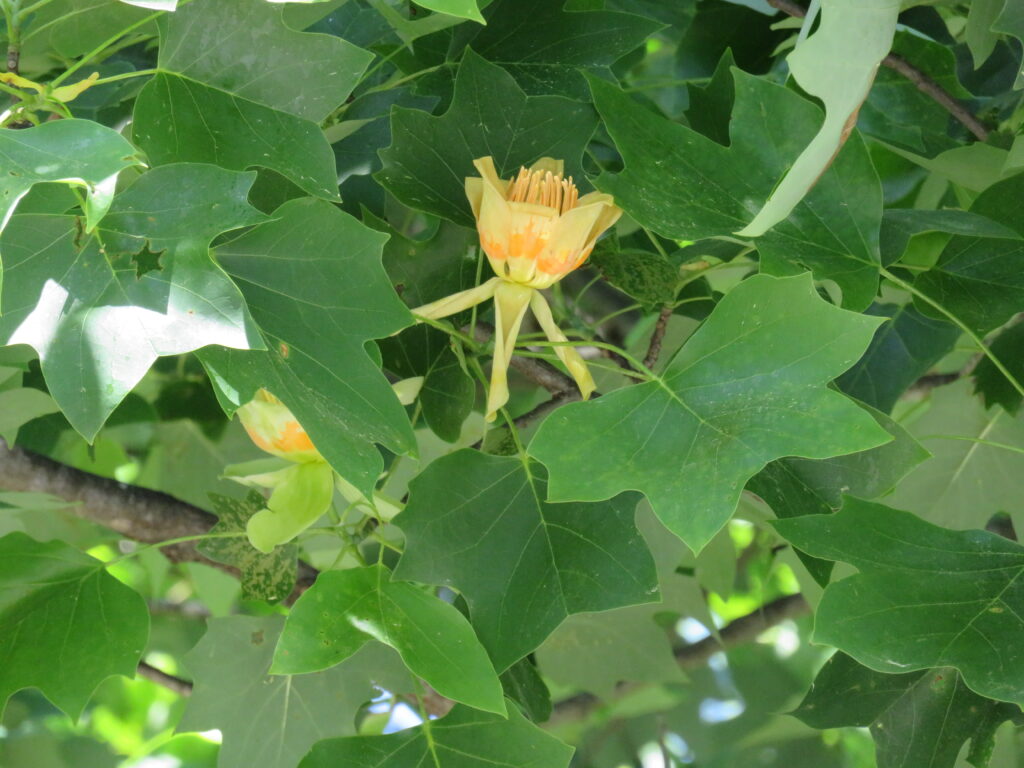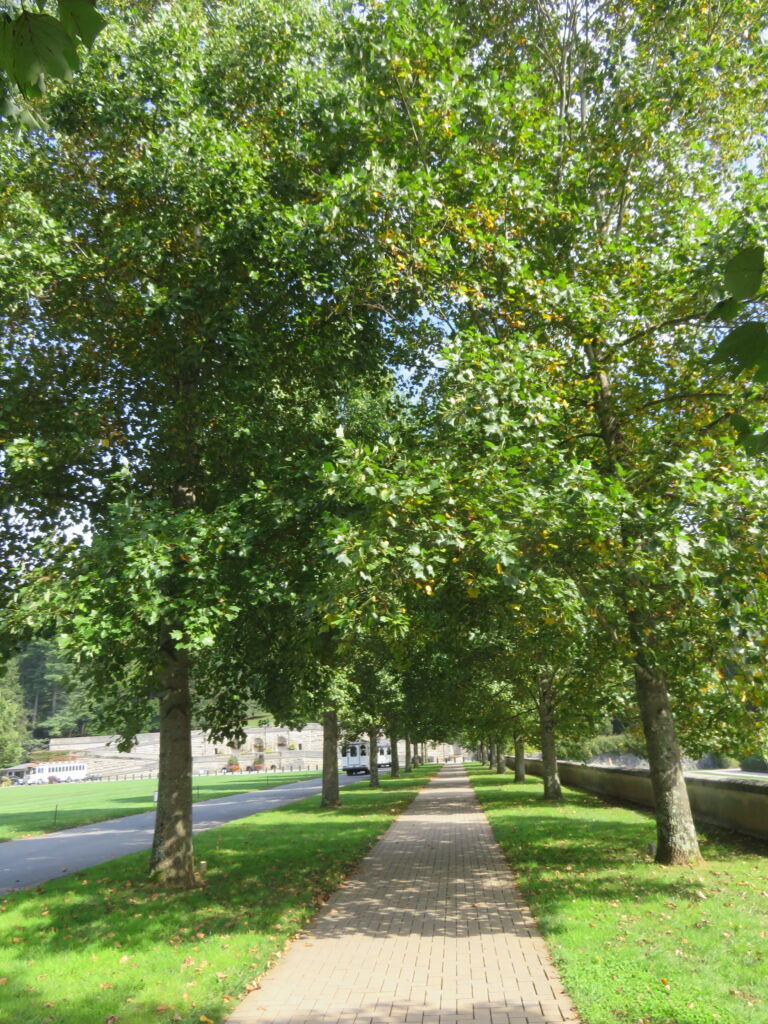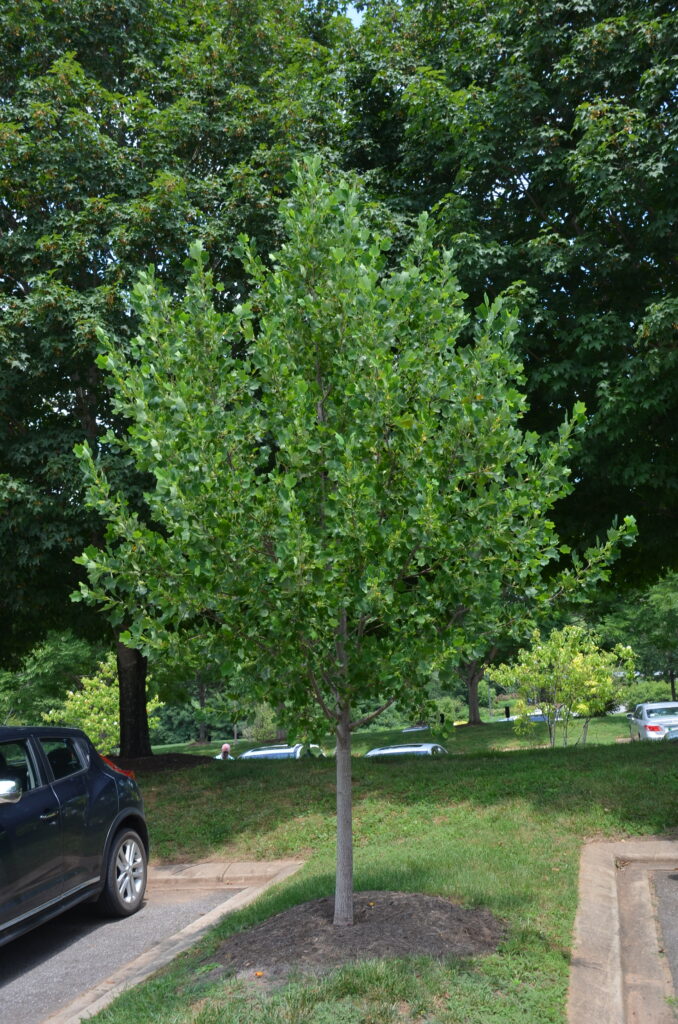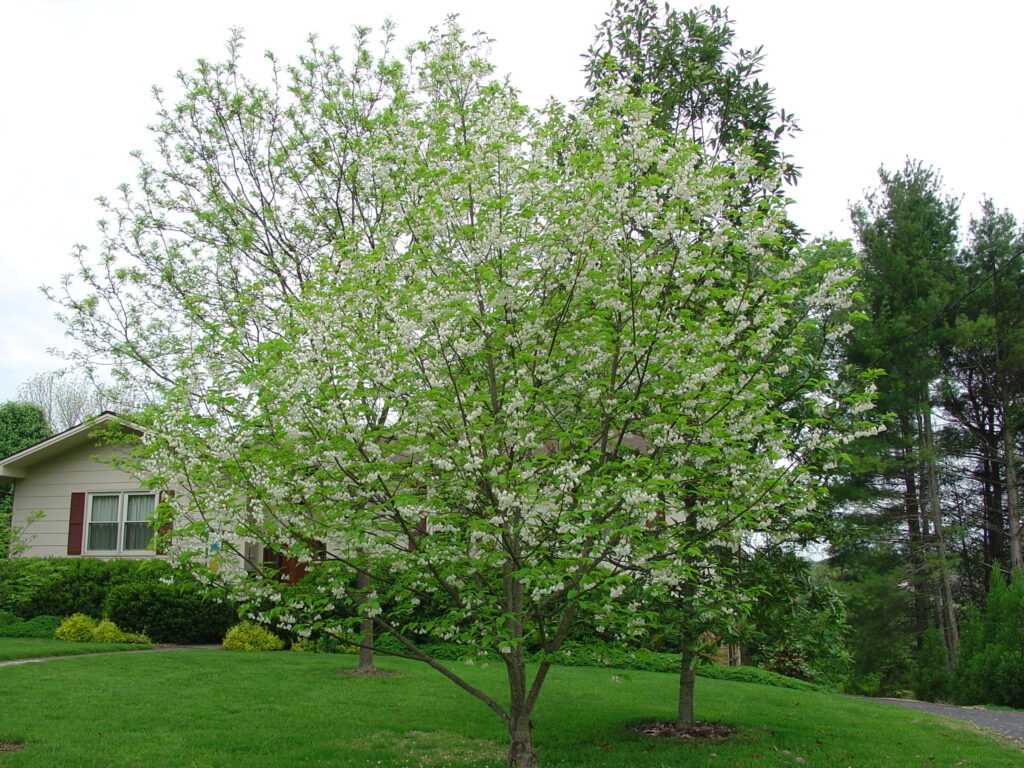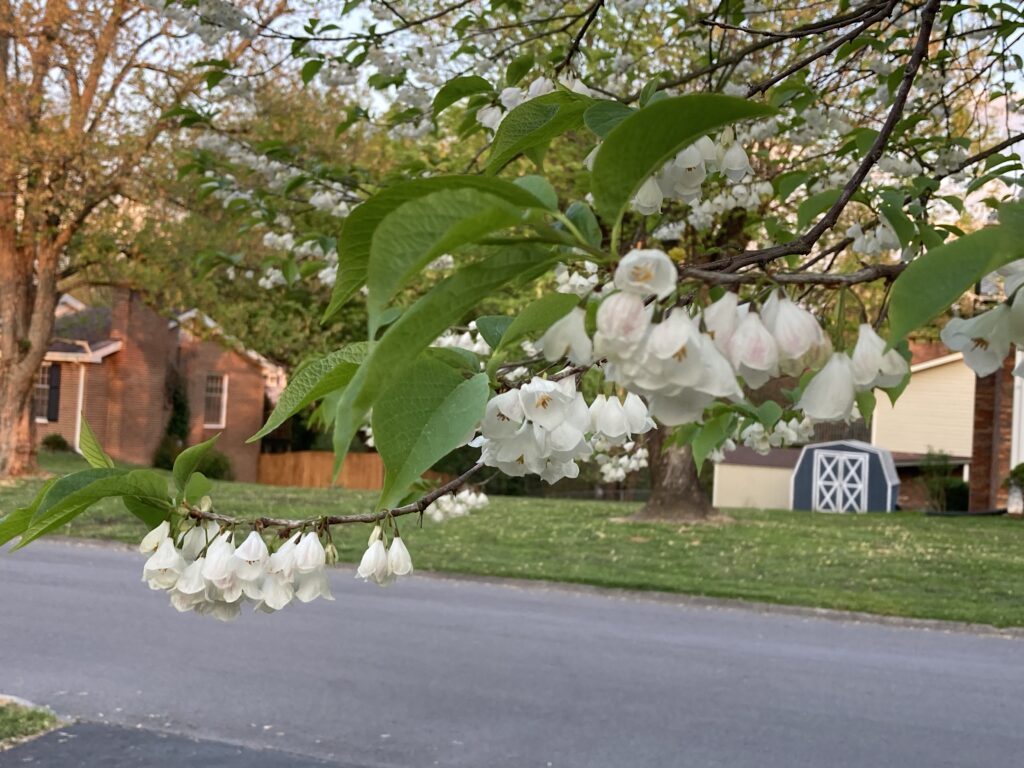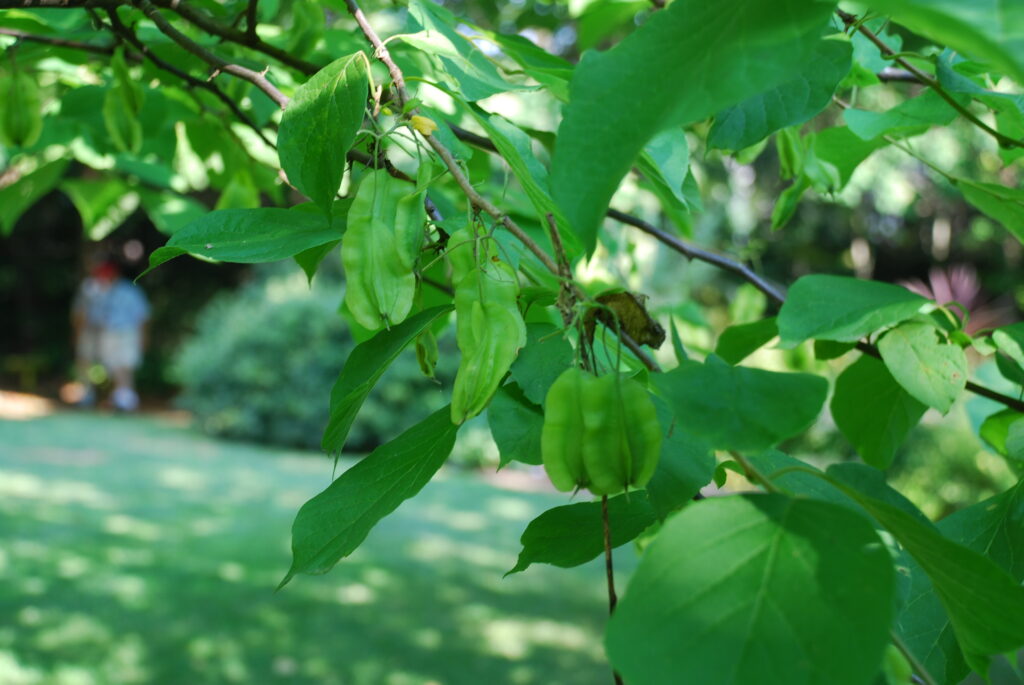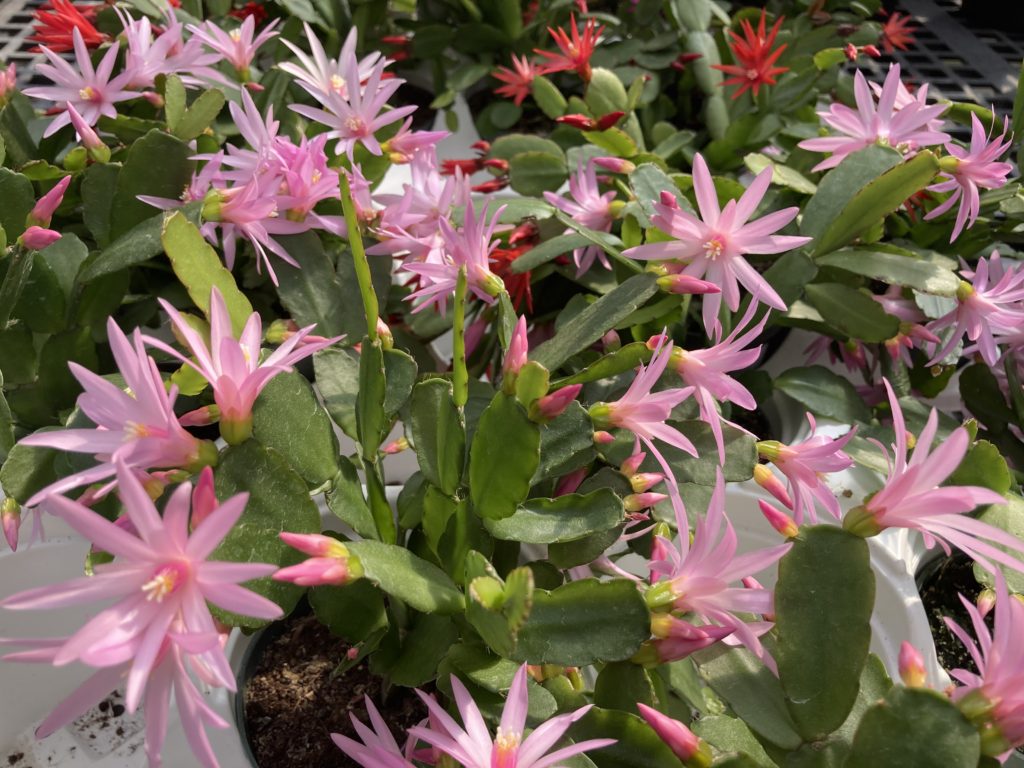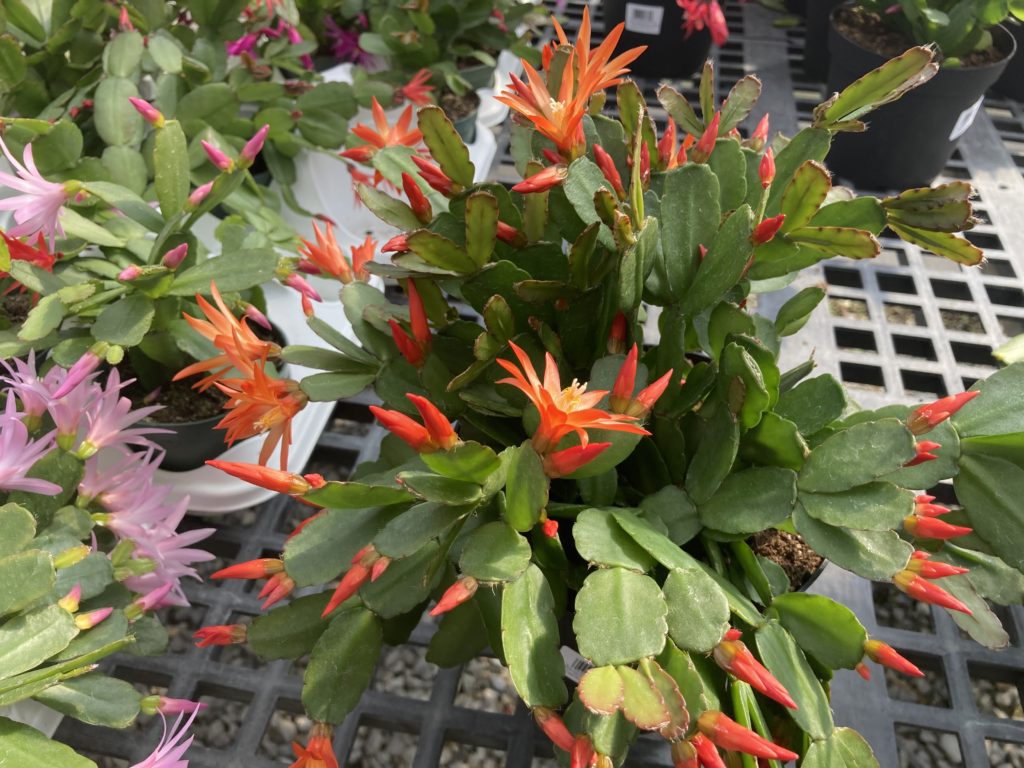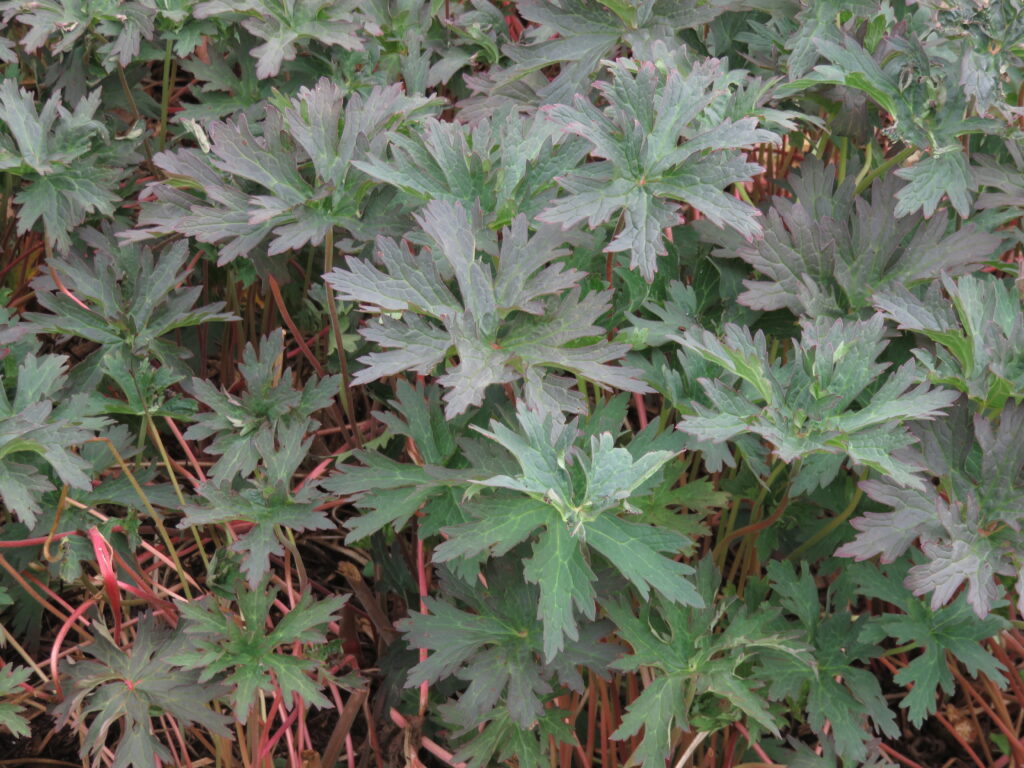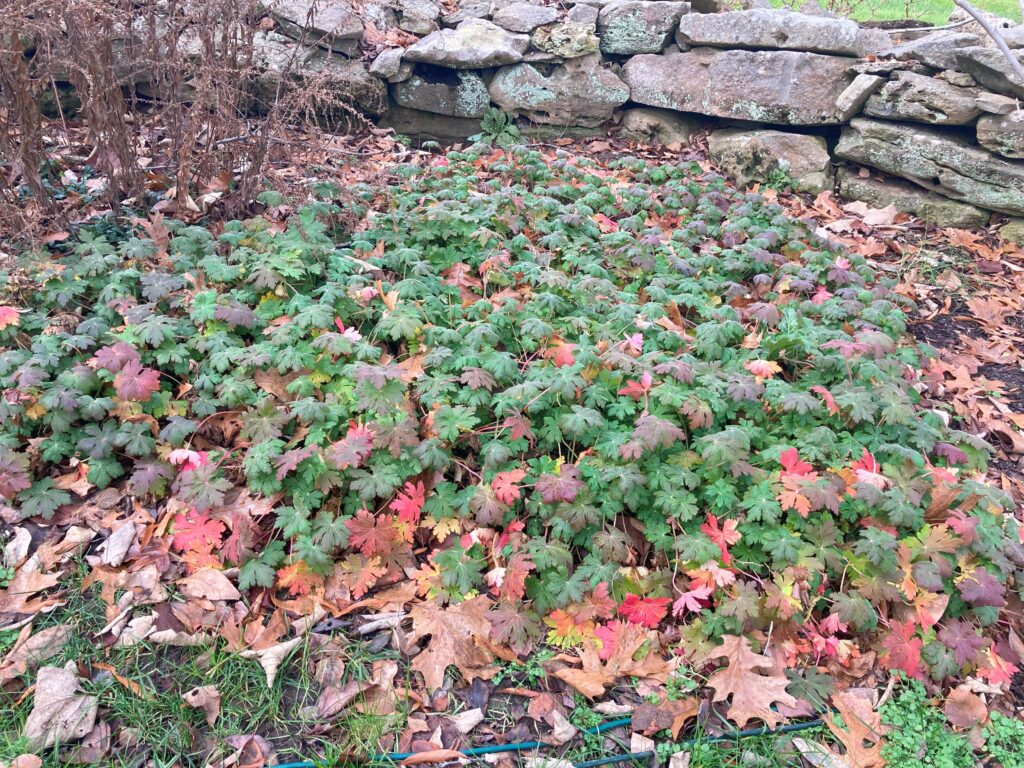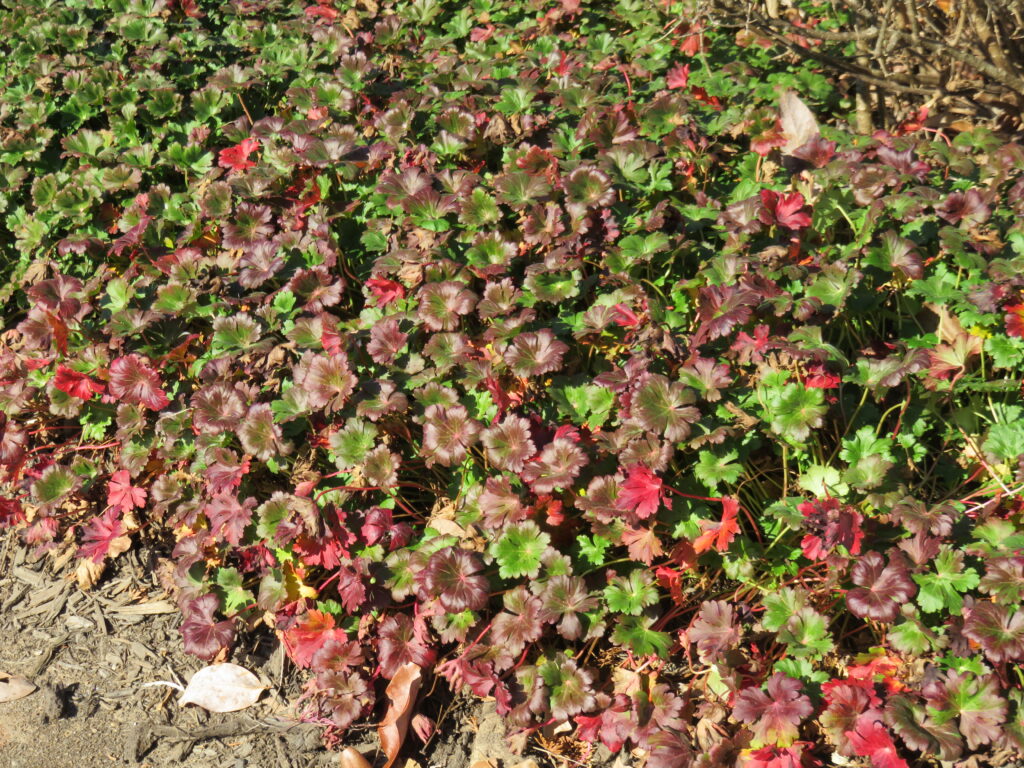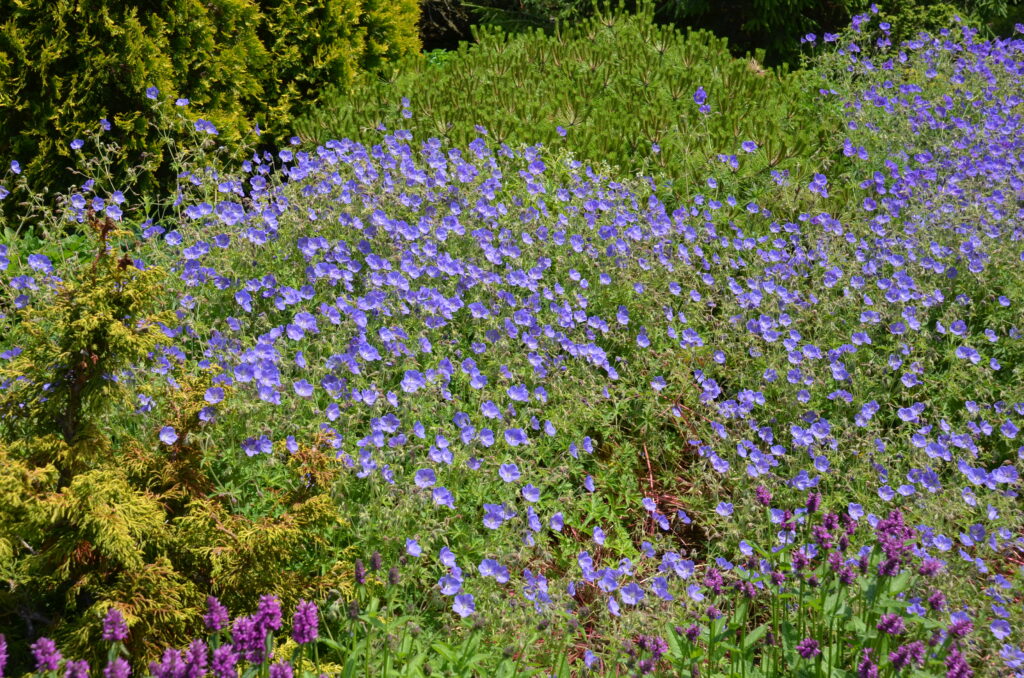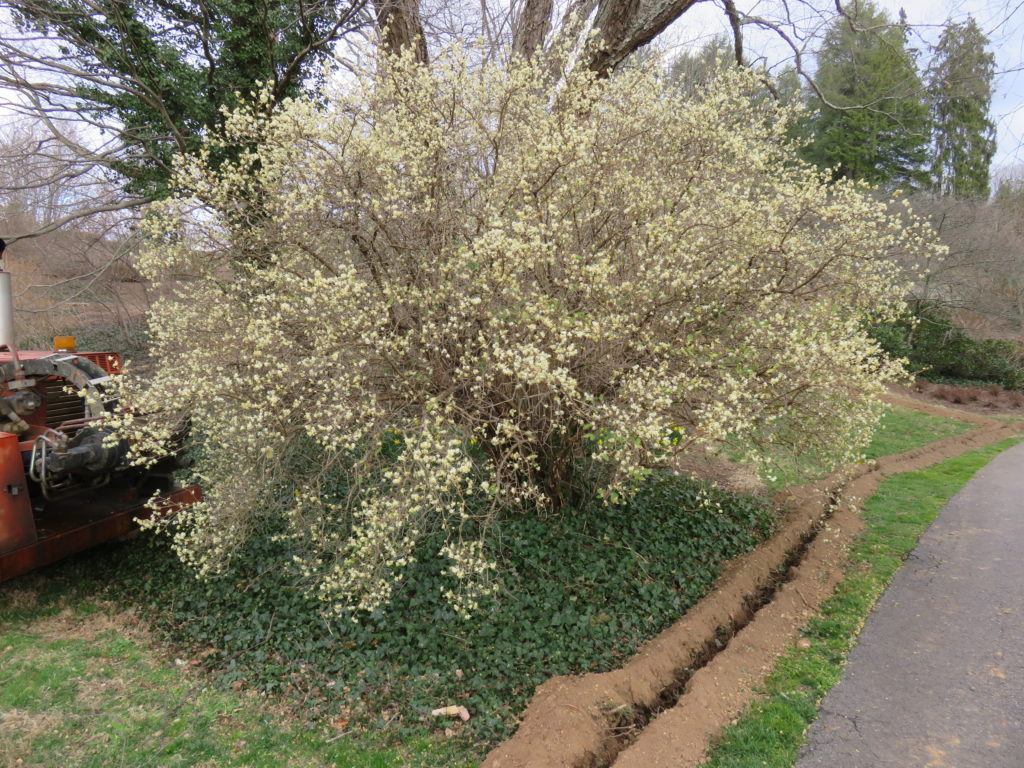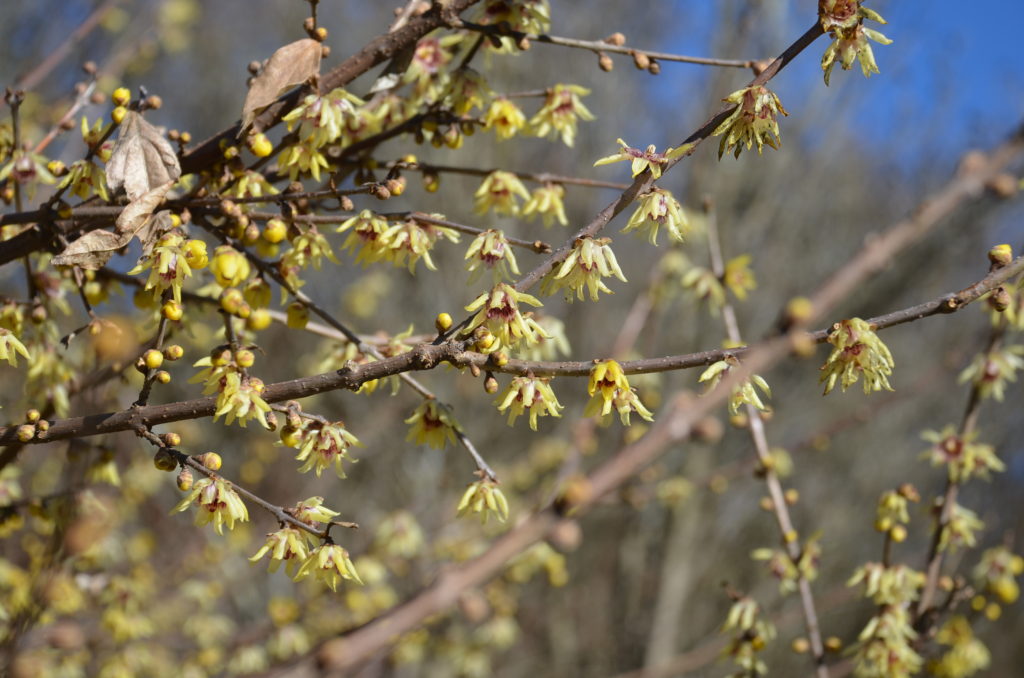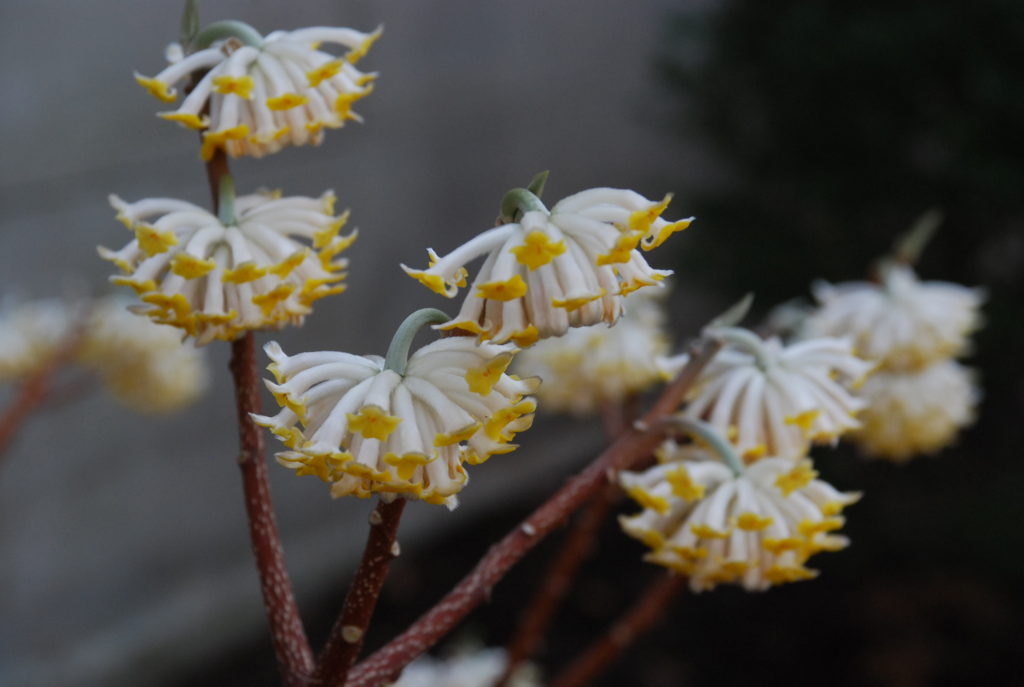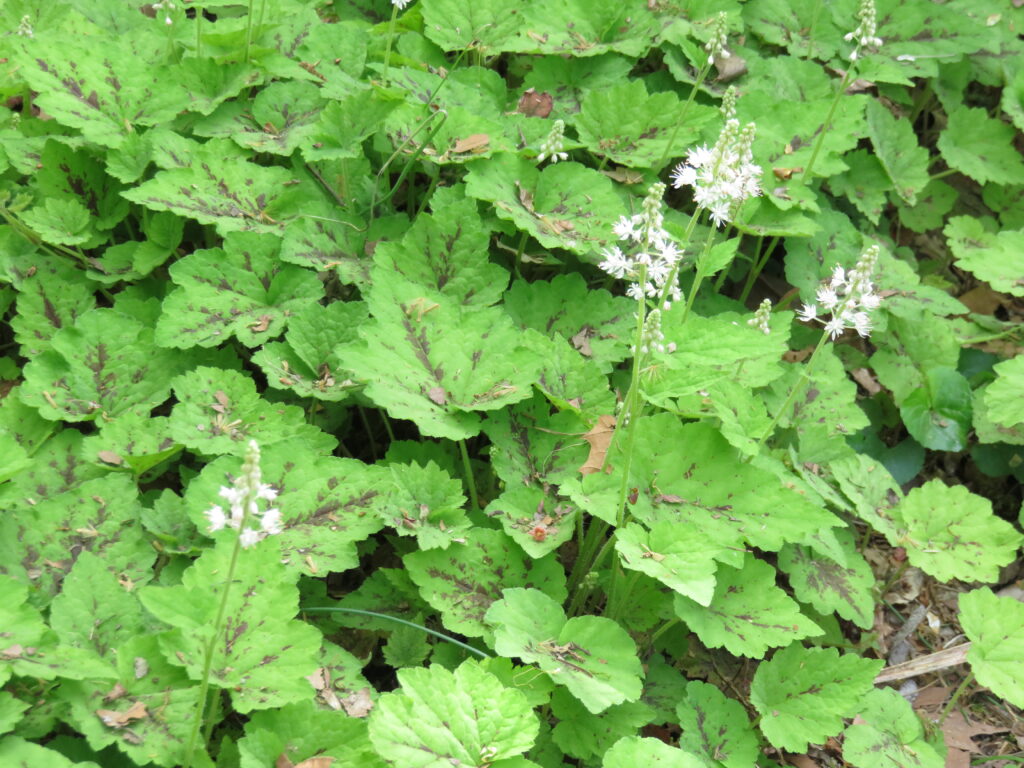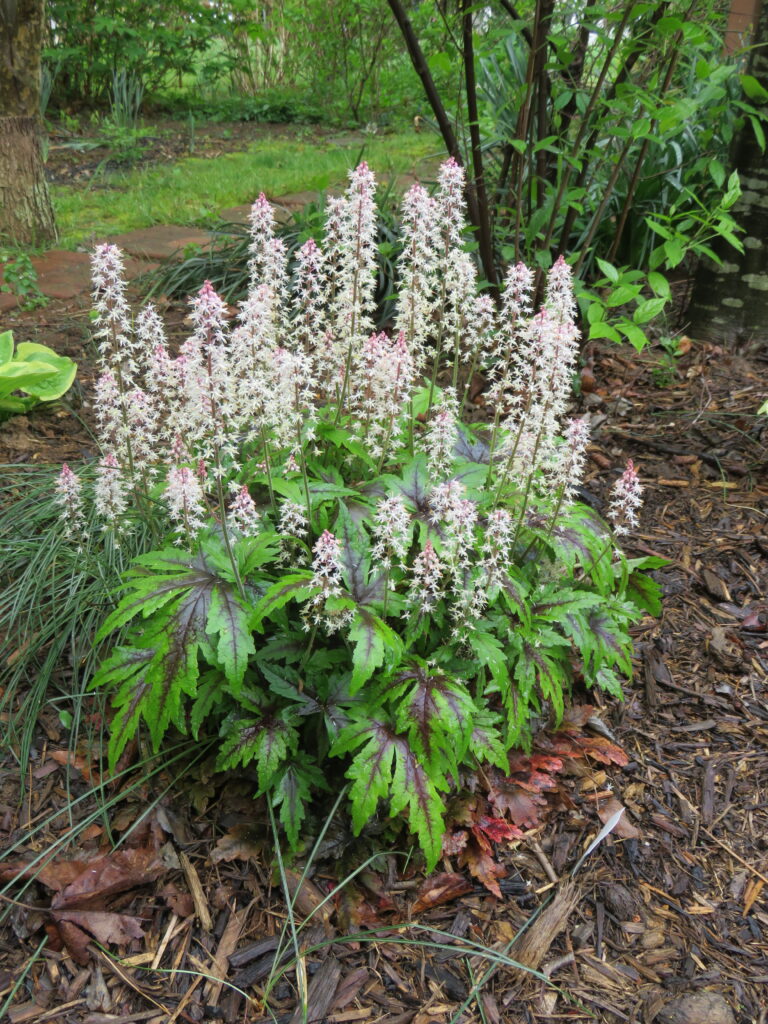Native to China, lacebark pine (Pinus bungeana) is an excellent, low-maintenance evergreen treasure. Winter-hardy in USDA hardiness zones 4-8, this specimen pine struggles in the summer heat and humidity of the Southern U.S. Best specmens are found growing in arboretums and botanical gardens north of zone 8. This 3-needle pine offers 4-seasons of ornamental interest. During a snowy winter, within 12-15 years, a specimen tree begins to show off an artistic patchwork of green, yellow, brown, purple, and red bark over the fall and winter months.
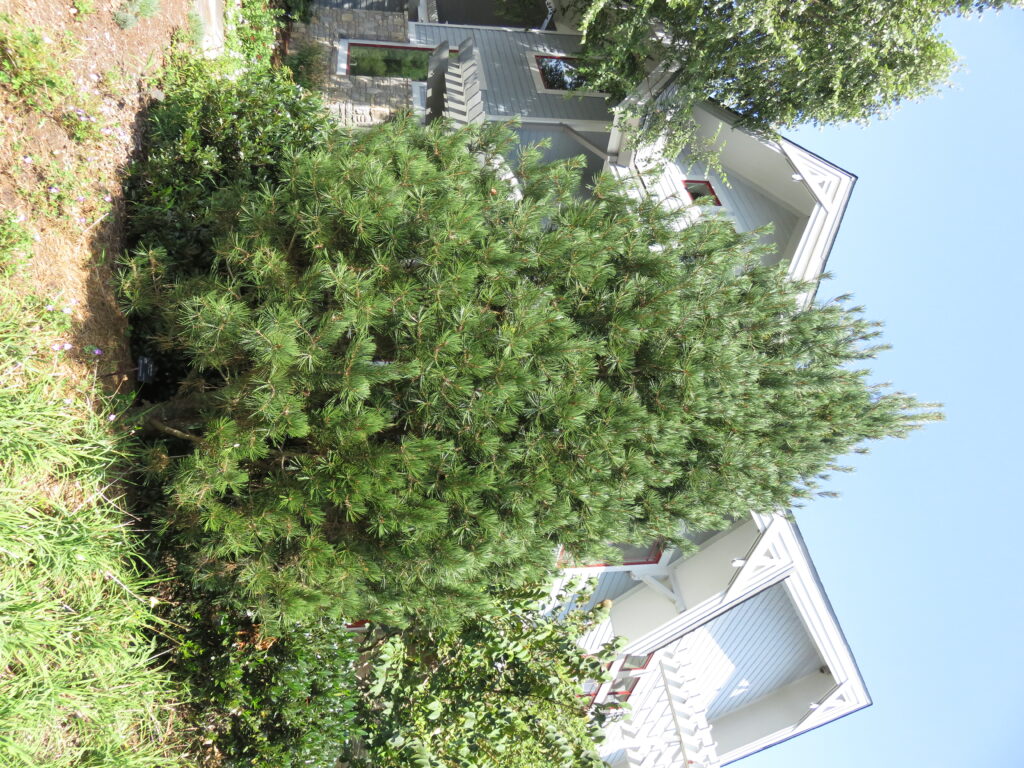
Don’t wait. Lacebark pine is one of the first trees to plant in your landscape. With maturity (age) comes beauty. Give this medium sized pine lots of room, planting in full sun and it will reward you in 20-25 years. A mature tree reaches 30 – 50 feet tall and 20 – 25 feet wide and has a long lifespan. This pine is moderately drought tolerant and, once established, requires little care.
Shrubby when young, this tree has picturesque, showy bark that exfoliates or peels in patches, revealing a patchwork of colors of white, olive, light purple, and silver. Its mottled bark (see photo below) stands out from other pine species. The patchwork bark will eventually mature to a milky white. Bark features gradually becomes more evident as the tree ages. Excessive pruning or fertilizing isn’t necessary; the tree does benefit from a single annual application of slow-release fertilizer in late winter to stimulate growth.
This tree is monoecious, and the pollen cones are ornamentally insignificant. The male pollen cones standout with yellow pollen sacs, cylinder-shaped, and clustered. Female pollen cone is yellowish green.
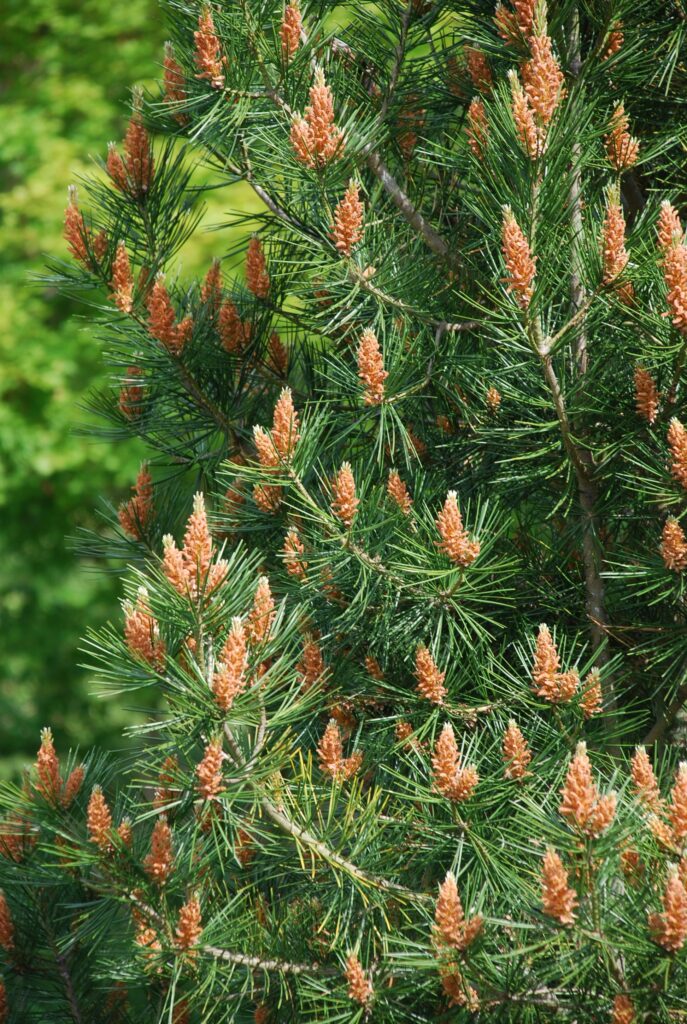
A young lacebark pine is best trained to single-trunked or multi-trunked. Annual pruning is unnecessary. However, you may desire to lop off lateral branches to reveal its ornate bark along the trunk(s) and lower branches. Remove dead, pest-riddled, and/or dying branches in any season.
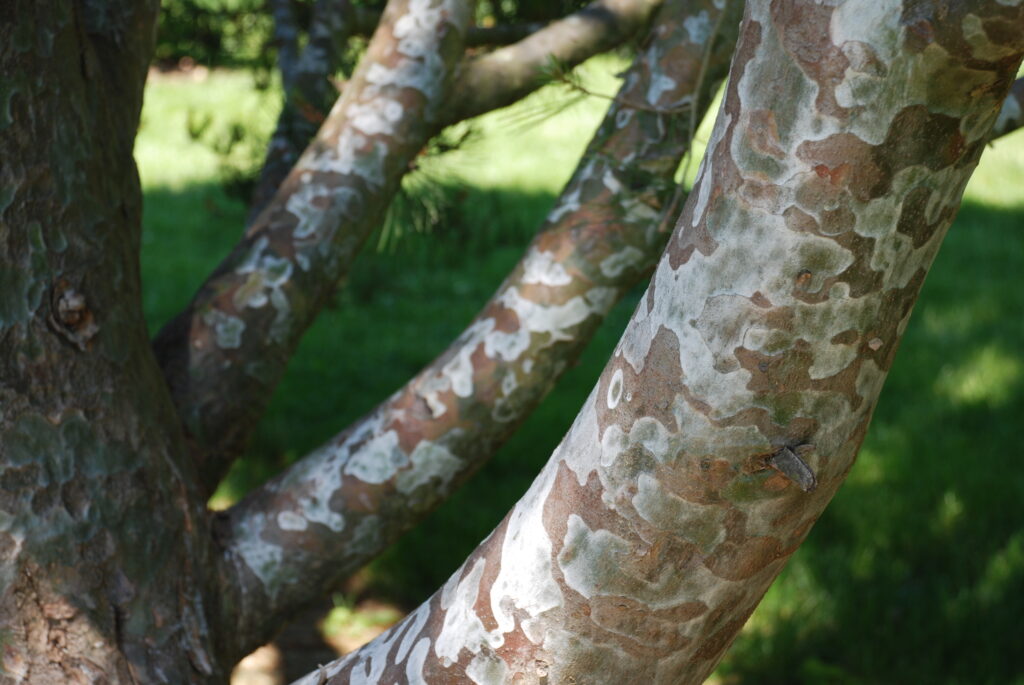
In general, lacebark pine is long-lived and not seriously troubled by most disease and insect pests like caterpillars. Be watchful for aphids, borers needle rusts and diplodia tip blight.
Leading Cultivars: P. bungeana ‘Silver Ghost’ (30 feet silvery-white needles, mottled bark), P. bungeana ‘Temple Gem’ (30 feet pyramidal form), P. bungeana ‘Rowe Arboretum’ (20 feet tall compact, densely branched)

